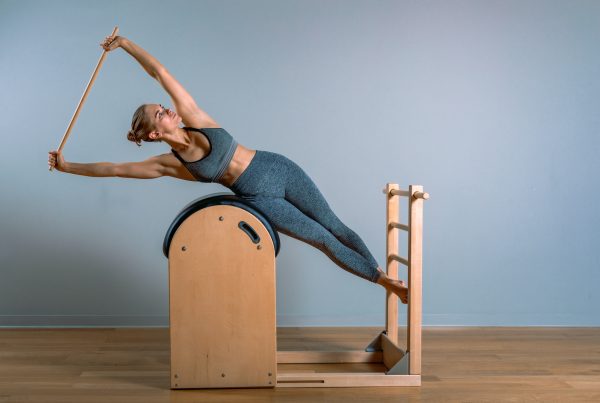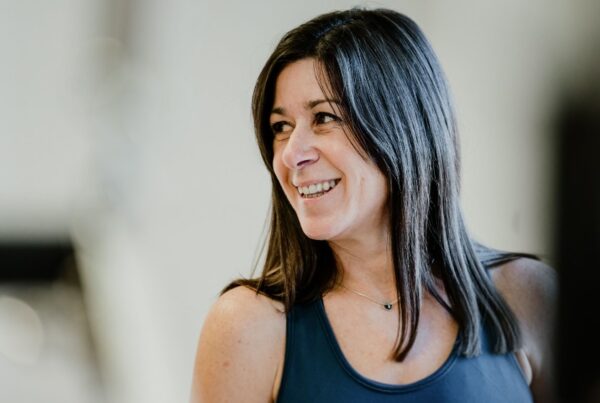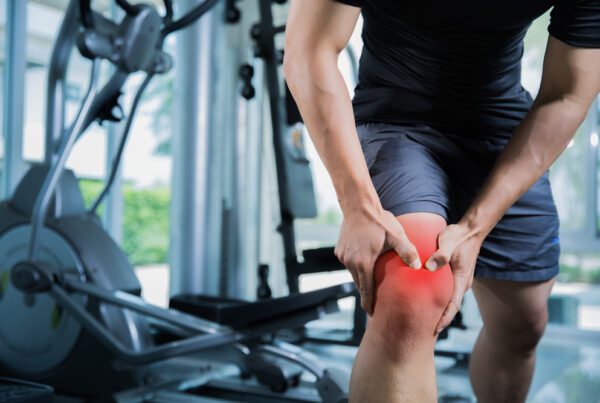Breathing to Release Tension. Better Health and Immunity through Pilates – Movement equals Happiness .
“As a heavy rainstorm freshens the water of a sluggish or stagnant stream and whips it into immediate action, so does the Pilates Method purify the bloodstream”
- Joseph Pilates, founder of Pilates
There is so much written and talked about Pilates and why we should do it for all sorts of different reasons. We want to understand it as an activity that you simply attend and we often see it defined as a core based type of exercise combined with flexibility. Thankfully Pilates is so much more than that.
Having been a Pilates Teacher for almost 20 years I have seen the method grow in popularity and throughly enjoyed seeing people begin and develop their own personal journey with Pilates. Pilates is not defined by any type of person who attends, we see people who have injuries, back pain, neurological issues, muscle in-balances and low muscle tone, posture issues, the list goes on and on. Many Pilates people would just like to be stronger and fitter for ‘life’. One of the key elements we know as Pilates Professionals is that practice makes perfect and you can never be doing enough Pilates on a daily basis to improve your core and balance. This article focusses on breathing to release tension.
Pilates is well know for improving posture, joint mobility and core stability, it also benefits better health and immunity
Understanding the importance of breathing to release tension
In these uncertain times at the moment we are finding in our online Pilates sessions and workshops that understanding the importance of breath is making a real difference to our participants. Especially if you suffer from asthma. Breathing is one of our 5 basic principles in Pilates.
Breathing really promotes effective oxygenation of the blood, and concentrates the mind on each task and helps avoid unnecessary tension, particularly in the neck, shoulders and the middle of your back. Exhaling deeply can also help activate the deep supportive postural muscles of the body.
At a very basic level we need to breathe to promote the circulation of oxygen around our body and up to our brain to ensure optimal brain and body functions. If our breathing is inefficient, for example if we take lots of short, rapid breaths then we restrict the oxygen and blood supply to the brain, creating stress and sometimes panic.
Pilates exercises are encouraged with a natural breathing pattern to breathe in wide and full to the sides of the ribcage. This is called “lateral” or “intercostal” breathing and promotes the full use of your ribcage and respiratory muscles. Like all muscles, they need to be exercised to cope with increased physical demands. As you exhale you should empty your lungs fully and allow relaxation of the muscles and ribcage.
This pilates breathing system of effective inhalation and exhalation allows the gas exchange of oxygen and carbon dioxide to occur effectively, ensuring blood pH is maintained. Deep breaths are preferred because shallow breathing restricts the movement of the diaphragm and can cause symptoms of dizziness. Efficient gas exchange in our lungs also minimises any build up of muscular tension.
Experimenting with breathing
Noticing Your Natural Breath Pattern
Lying flat on the floor with your knees bent, breathe smoothly, noticing the natural breath pattern. Is one area affected more than others: the abdominal muscles, your chest, or sides or back of the rib cage? How is the length of your breath? Count slowly in seconds how long it takes you to breathe in and breathe out.
Abdominal Engagement
The abdominal wall (transversus abdominis in particular), which is a support for the inner organs, also helps in forcing air out of the body as it compresses the abdominal cavity. Contraction of the deep pelvic floor muscles will achieve co-contraction of the transversus. Activation of these deep stabilising muscles should be incorporated into the breath pattern. On an exhale breath feel the pelvic floor muscles gently contracting and lifting and then also feel a contraction of the transversus, feeling it become naturally taught like a ‘corset’. Avoid pulling the belly button toward the spine.
Here are some simple steps to help you practice efficient breathing for you body;
| Inhale | Breathe in through the nose, expanding rib cage three-dimensionally. |
| Exhale | Focus first on gentle pelvic floor and transversus engagement. As you exhale more deeply, the obliques will be engaged to help press the air out. |
| Inhale | Breathe in through the nose, maintaining engagement, feel three-dimensional expansion of rib cage and abdomen. |
| Exhale | As before. |
To understand more about Pilates and Breath join us for our next online tension and release workshop on 16/04/20 at 6.30pm. The workshop is 1.5 hours long and is £15. Spaces are limited.
Please do not hesitate to contact me if you would like any further information on our online classes, 1-1 sessions and workshops.
Contact me for more information. See directions here. See you soon,
Emily
Interested in Pilates? You can book directly on our website www.pilatespower.co.uk or just contact me directly: emily@pilatespower.co.uk



